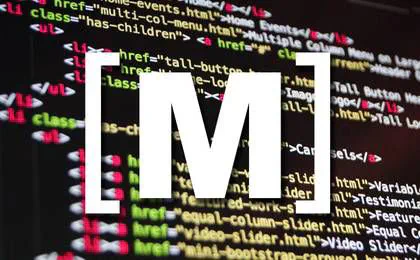📘 What is Markdown and Why Use It?
 Image credit: Unsplash
Image credit: UnsplashIn the third lab on computer architecture, we got familiar with a lightweight and convenient markup language — Markdown. Its goal is to simplify formatting reports and documentation without the complexity of Word or LaTeX.
🛠 What I Learned
Markdown allows you to:
- Create headings using
#,##,###, and so on - Format text:
**bold**,*italic*,***bold italic*** - Make lists:
- Bulleted
- And numbered:
- First item
- Second item
- Add links:
[link example](https://example.com) - Insert images:
 - Write formulas (like in LaTeX):
$\sin^2(x) + \cos^2(x) = 1$ - Add code blocks:
git pull make
⚙️ How We Used Markdown in Practice
During the lab, I:
Navigated to the target directory in the terminal:
cd ~/work/study/2023-2024/"Computer Architecture"/labs/lab03/reportPulled the latest changes from the remote repository:
git pullCompiled the report template using
make, which generated.pdfand.docxfiles:makeFilled out the report in Markdown format (
report.md) and recompiled it:make clean makeUploaded the result to GitHub:
git add . git commit -m "feat: add lab3 report in Markdown" git push
📸 Along the Way…
- I added screenshots to the report
- Included links to documentation
- Wrote formulas and formatted them nicely
- Used code blocks to show commands
Markdown makes all of this simple, readable, and clean.
🧠 What I Got From It
- I learned how Markdown makes documentation easier.
- I found it works great with Git and Pandoc.
- With Makefile, I can automate report generation — saves tons of time.
- I improved my skills with the terminal and Git — essential tools for any developer.
📚 Tip for Students
Everyone writing reports, articles, or blogs should learn Markdown.
It’s a fast, simple, and universal way to format text that works everywhere:
from GitHub and Notion to Tilda and Hugo.
🧑💻 Lab work completed by Hovik, first-year programming student